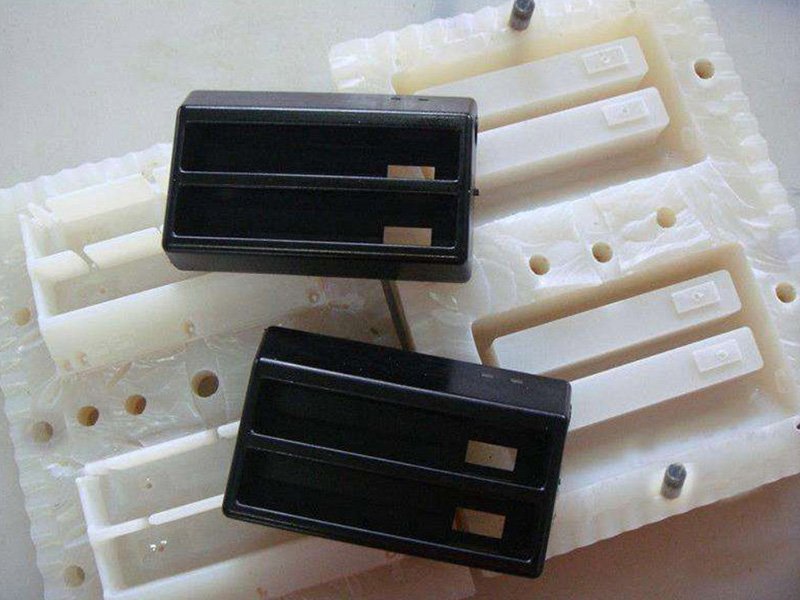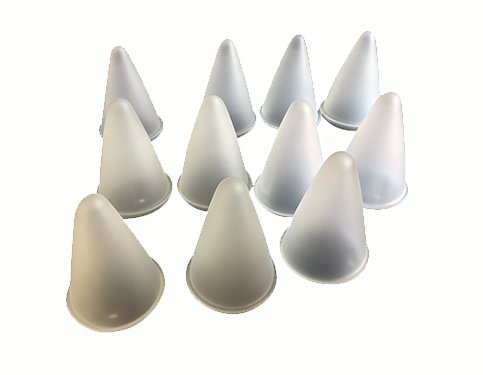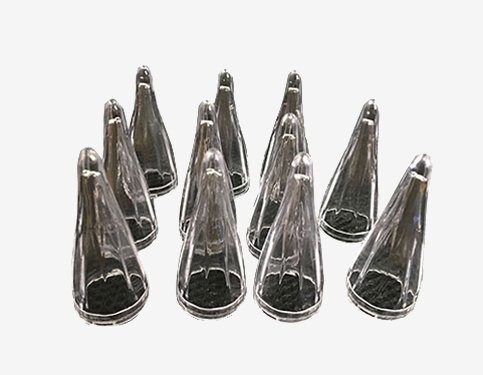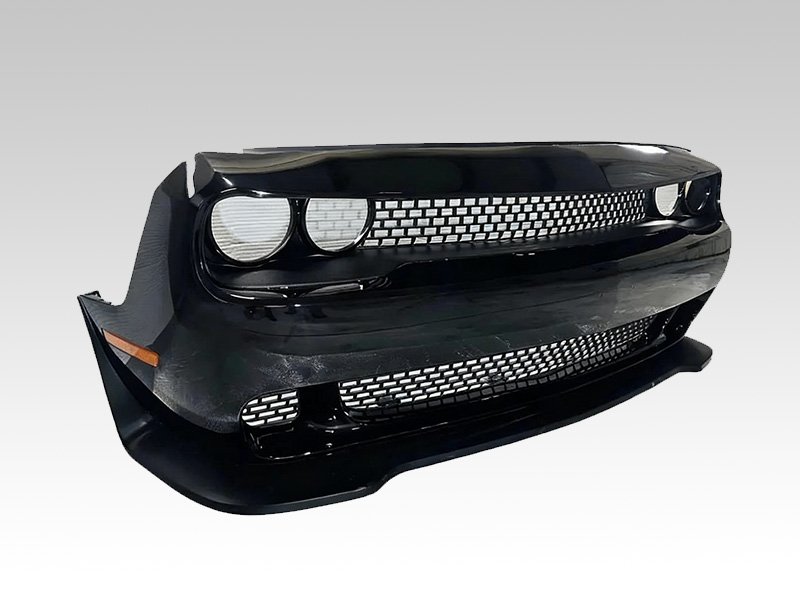Vacuum Casting, also known as silicone moulding, is a fast and cost-effective way to produce high-quality prototypes or low-volume parts.
We first create a silicone mold from a master model, then cast parts using polyurethane, transparent polyurethane, ABS, and other materials under vacuum. This process delivers parts with strength, hardness, and appearance close to injection-molded products, and they can be custom-colored to meet your requirements.
Ideal for 20 to 100 pieces, Vacuum Casting is the perfect solution for low-volume production or functional testing, offering a low-cost, quick alternative to injection molding.


Vacuum Casting uses versatile polymer resins to produce parts with a wide range of properties.
At RUIBANG, we offer a range of casting resins tailored to meet your specific application needs.
At RUIBANG, our vacuum casting service offers a wide selection of materials, available in different hardness levels to suit your project needs. For each material, we can also provide raw material datasheets and related technical documentation to ensure full transparency and reliability.

1.Master Model — made by CNC or 3D printing.
2.Silicone Mold — silicone is poured around the master and cured.
3.Casting Parts — resin is poured into the mold to replicate the model.
